'Curated' Retail' - The Joy of Discovery
Isobel, one of our strategists talks about the rise of curation within retail and how consumer are responding


Isobel, one of our strategists talks about the rise of curation within retail and how consumer are responding


I only recently discovered that this past month on Regent Street the Crown Estate has paired up with Lone Design Club to create a showcase of sustainable brands called The Conscious Edit, highlighting independent sustainable brands who may otherwise not have the chance to appear in such high-value shopping real estate.
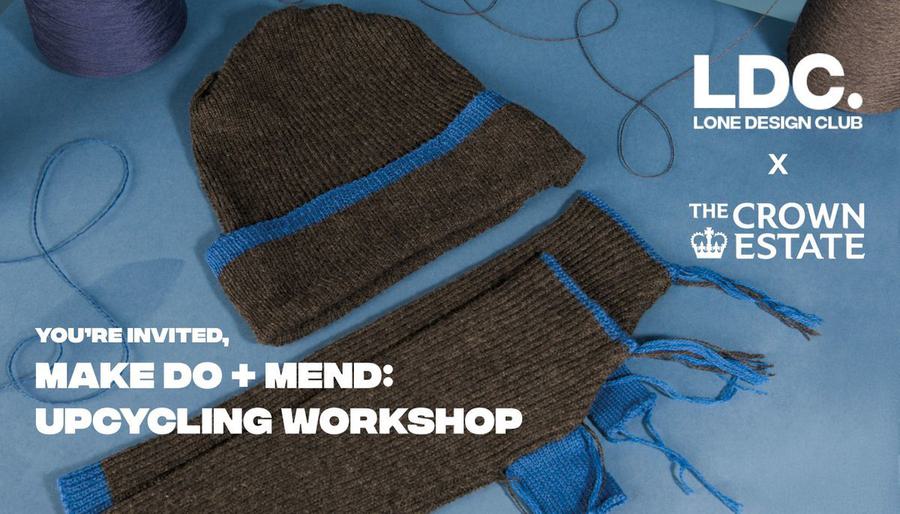
Big brands are aiming at being more like local boutiques
This in my opinion a great way to use temporarily free retail space (certainly much more useful and interesting than another American sweet shop) but it also seems to be part of a wider trend at the moment (think of Ikea and H&M’s Atelier 100, for example, Superdrug launching an online marketplace for emerging brands, or even of rental platforms which are able to highlight many smaller brands on rotation) of known retailers with significant presence using their power to create platforms for smaller makers, becoming not only producers of goods but also curators of what’s new, cool, and as yet undiscovered.
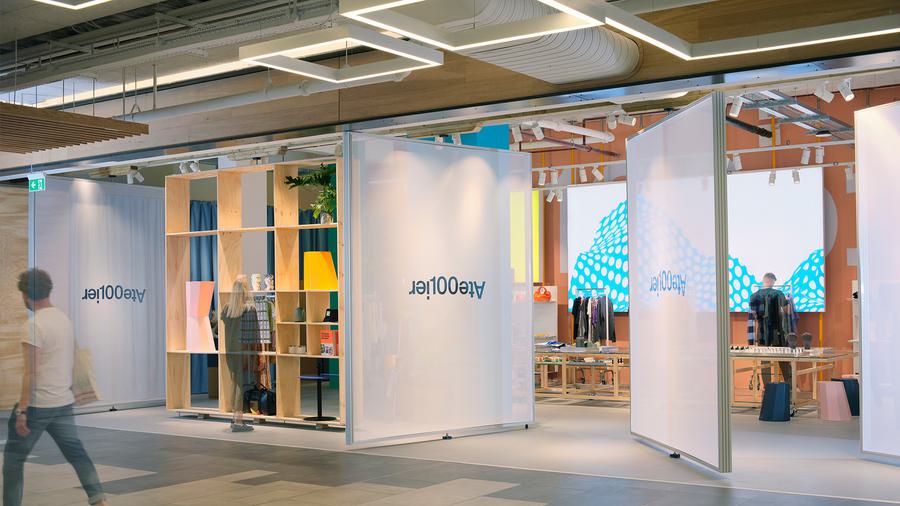
Consumers are embracing smaller, local, and more personal connections to the products
Being curators also allows these well-known players to move into premium markets without risking the more accessible and everyday side of their offering, or to have a less cumbersome (for their own supply chain) way to champion sustainability efforts. This is not only a savvy move in terms of image, though, but also for addressing post-pandemic, social-media-saturated consumer needs.
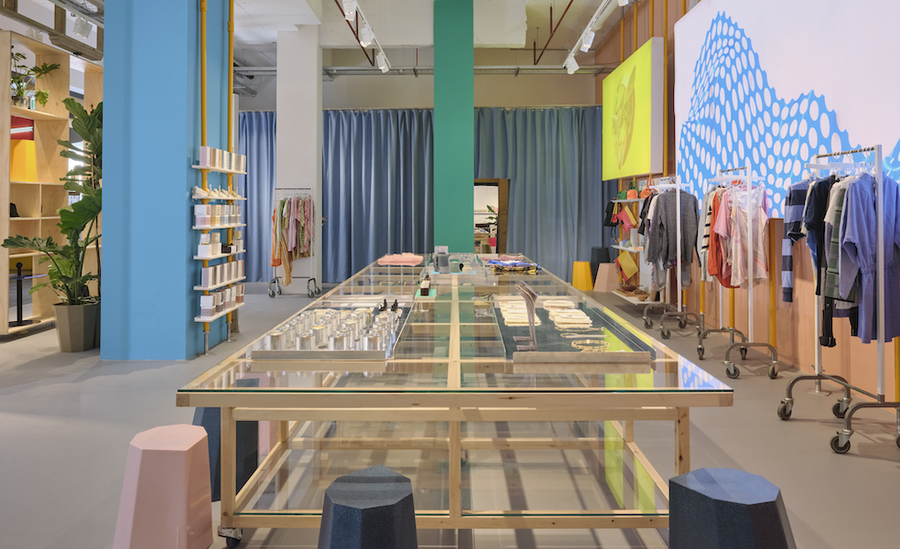
It seems that the consumer thirst for this is a reaction to the increased homogenization of pretty much everything, everywhere. You will most likely get the exact same electronics (within a certain price range) no matter where you are. You can walk into one of the main global fast fashion chains in Bogotá and find more or less the same offering as the brand offers in Manchester (with, admittedly, some accounting for the weather I’m sure). That is the strength of those global brands, in allowing everyone to access what was once limited to people who could go to, at least in the West, New York, London, or Paris to shop. As a result, with social media, we all see that everyone around the world has exactly the same things, in one big globalized fashion world.
But if that is the case, how, as consumers, are we supposed to stand out and express individuality when there’s not much individuality to be found?
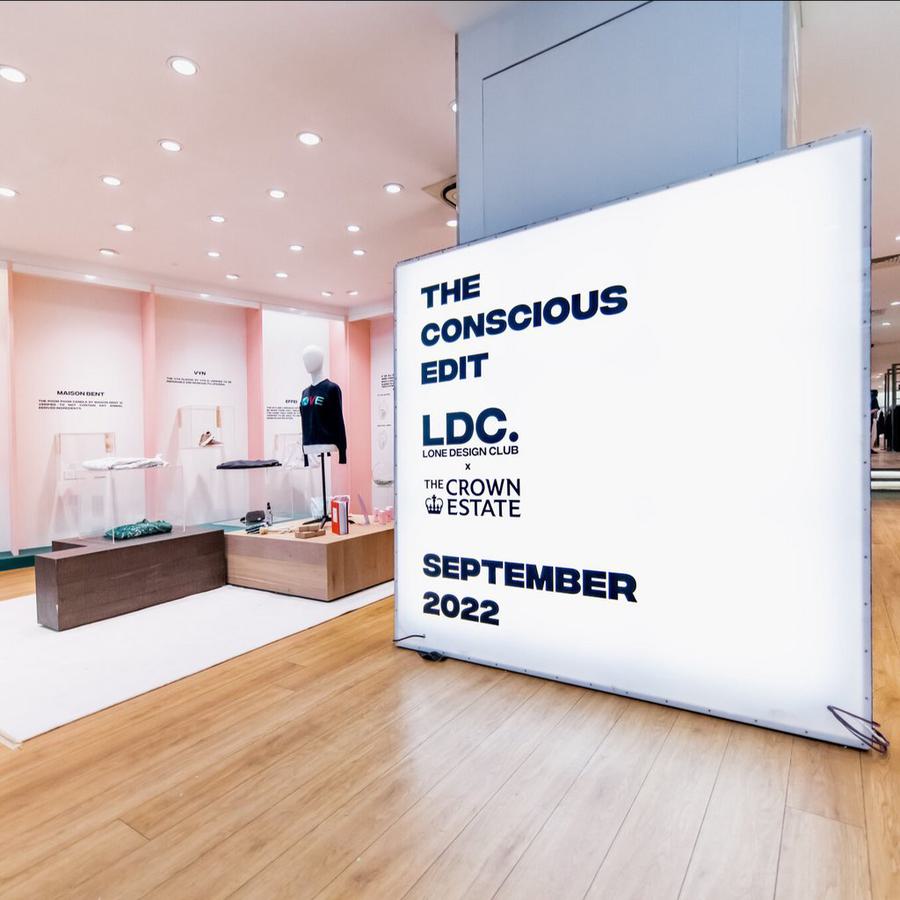
Physical retail needs to allow more room for exploration, discovery, and moments of the unexpected
Broadly in culture, there seems to be a turn towards embracing smaller, local, and more personal connections to the products we buy. Consumers want to be in the know and have discovered something unique, and they also want to be able to show off a unique and hyper-personal perspective through the clothes they wear and the objects they surround themselves with. It’s not just that customers want to shop a range of different aesthetics and pick up a variety of small items - I think the real need that underpins these curatorial retail experiments is that consumers want to be able to discover something new, that they won’t see everywhere else, and that connects them to a unique story and identity.
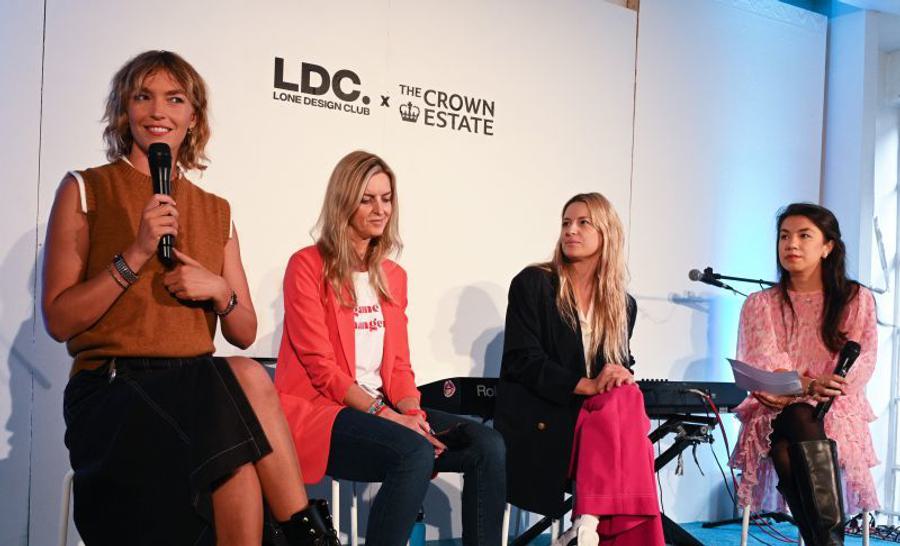
In moving towards a curatorial model, big brands are aiming at being more like local boutiques with single-minded perspectives - an about-face from big stores that offer everything for everyone.
Ultimately physical retail needs to allow more room for exploration, discovery, and moments of the unexpected. The strength (and weakness) of online shopping is that everything is available all the time, but walking into a well-curated boutique provides a spark of curiosity that doesn’t seem to be well met online. While everyone still wants to be able to get the things they desire, maybe more and more we don’t want the same things as everyone else, and retailers will need to start catering to a much more localized idea of what is cool and interesting to succeed.

The Conran Shop which opened in 1974 is an example of one of the original curated retail experiences and its still thriving today. In an interview, the store stated the shop "aims to inspire and excite through collections that reflect the way we live"
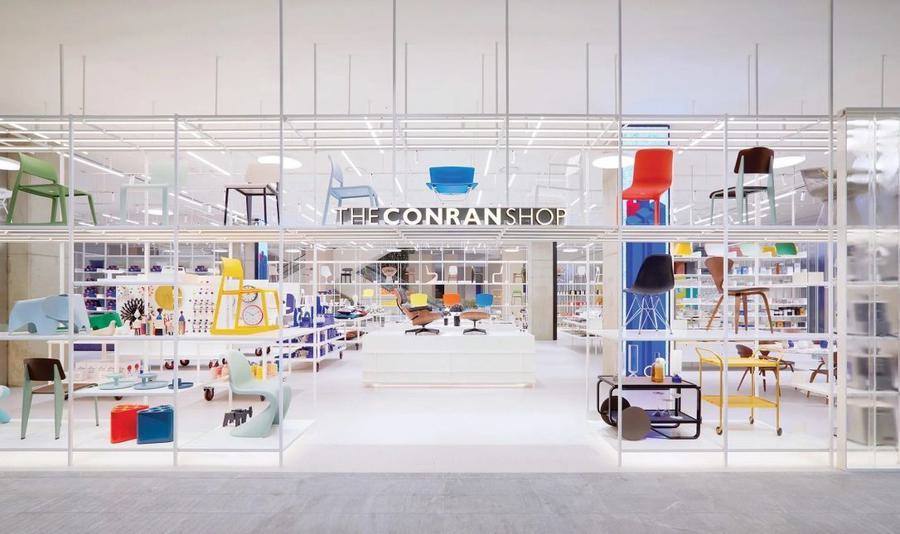

The first ever SXSW London took over Shoreditch this month, offering a wealth of inspiration and insights across tech, business and culture. We share our thinking into how it can return even bigger and better for 2026.

